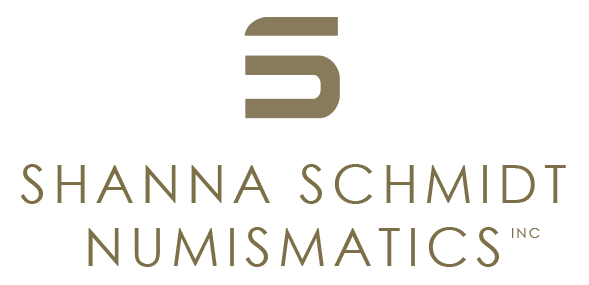Phoenicia, Sidon. Ba'lshallim II. 386-372 BC
Phoenicia, Sidon. Ba'lshallim II. 386-372 BC
AR Double Shekel, 28.33g (32mm, 11h). War galley travelling to left, propelled by row of oars, standard at stern, two lines of zig-zag waves, below, above Phoenician letter 9 (beth) / Persian king (The Great King) and bearded deity in horse drawn car, the king of Sidon walks behind.
Pedigree: Ex Lawrence Cutler Collection, from NFA (Numismatic Fine Arts) Auction Sale, 18 October 1990 (lot 388 and illustrated), with ticket. Previously Del Parker, August 6, 2007, and from The New York Sale Auction XIV, January 10, 2007 (lot 139) with tickets.
References: S.3934, BMC 17 [p.143], Betlyon 18 [p.9, pl.2, 4], SNG Lockett 3221, Betlyon ANS MN 21 [1976] 21, 16, HGC 10, 236)
Grade: Obverse struck from worn dies. Reverse is impeccably struck with great detail. Some of the great king's head is off-flan. Fine/EF. (gk1517)
Scroll down for more information about this coin.
Sidon, in modern day Lebanon, was one of the largest Phoenician cities in ancient times. The area was overtaken by many different groups over the millenia; Assyrians, Babylonians, Egyptians, Persians, Greeks and finally Romans. This double shekel was struck at a time that the Persians were the overlords of the area. This coin may reference the Persians triumph over the Egyptians with the figure following the Persian King in his carriage.
The Phoenicians were excellent sea men and their maritime cities provided many ships to the Persians once they were conquered. In fact, the Phoenician fleet that aided Xerxes in 480 BC in his fight against the Greeks was the largest. Before the Persians, the Phoenicians had traveled extensively by ship to far away lands and created colonies. Despite this they had no early coinage until just previous to the Persians. They tended to use the barter system versus coinage.
Kraay (Archaic and Classical Greek Coins, 1976) suggests that the double shekel may have been inspired by the octadrachms of the early Macedonian tribes and of the large denomination coins from Abdera. He also suggests that the reverse figure is not the King of Persia but rather the chief god of Sidon.

